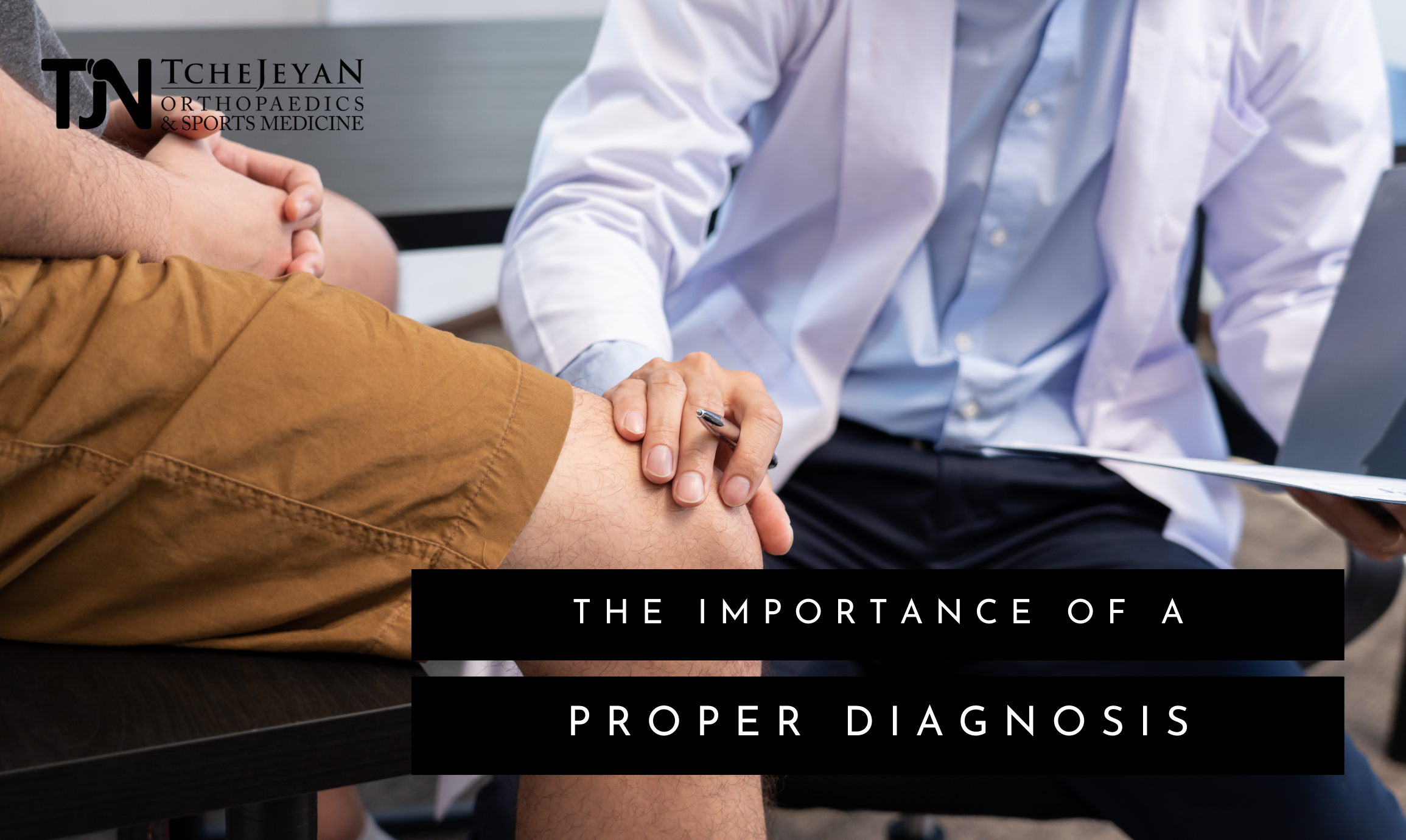In today’s world of what Dr. Tchejeyan jokingly refers to as, “Dr. Google”, people often search their symptoms on the web and misdiagnose themselves. This causes unnecessary anxiety and concern for so many people. Even as patients seek advice about joint pain from their primary care doctors, their condition may be misinterpreted because of their various symptoms.
As with any healthcare choice, consulting with a specialist in a particular field is always the most precise way to determine the proper diagnosis.
Displaced Pain
When an anatomical condition exists in one particular area, the pain can be displaced to another region. For example, Dr. Tchejeyan commonly sees patients with pain in the groin or buttock. They are unaware that the cause of that pain may actually be in the hip joint. A primary care doctor or physical therapist may seek healing in the groin or buttock muscles, but without the diagnosis of a professional specialist, and proper diagnostic imaging, patients could end up doing months of therapies and treatments to no avail.
A misdiagnosis is almost never intentional, but making the right call initially is important to proper and effective treatment of the condition.
Getting the Diagnosis Right
Different conditions have different life spans, and so do their courses of treatment. For instance, if an MRI shows fluid in the knee, that could be something that will go away with time. After some rest, antiinflammatories, and physical therapy, the condition may resolve.
When arthritis is present, ligament and cartilage tears can also be present. However, degenerative cartilage or ligaments does not always mean arthritis is present.
In the knee, it’s actually common to have degenerative or torn meniscus with arthritis, but without mechanical symptoms. This would mean that the tear wasn’t necessarily the source of the pain, rather the arthritis was. If a case like this is misdiagnosed, it could throw off the entire treatment plan for the patient.
That’s why a good surgeon will ensure that the findings on an MRI or an X-ray correspond to the pathology. The level of pathology needs to match the level of pain in order to properly treat and guarantee a positive outcome.
Choose A Qualified Specialist
For surgeons, surgical outcomes are like a report card. Word-of-mouth referrals come from satisfied patients. Choosing a qualified orthopedic surgeon will ensure an accurate diagnosis of your joint pain. Since natural courses of various diseases are different, a properly-outlined treatment plan truly depends on a proper diagnosis.
Diagnosis is a fundamental part of the evaluation process. That’s why Dr. T. uses both MRIs and x-rays to shed light on the patient’s condition. Once a surgeon diagnoses the condition, a treatment program can be put in place. A patient may find resolution with regular therapy, injections, rest, and time – or they may, in fact, be a candidate for surgery. The only way to know for sure is to start with the proper diagnosis of the patient’s condition. To start your journey towards a proper diagnosis, contact TJN Orthopedics. Their friendly and qualified staff looks forward to meeting you!




[…] This method is used in cases of severe arthritis that does not get better after cortisone shots, NSAIDs, rest, and ice. During your initial consultation, we will assess the extent of your joint damage to determine whether this is the most appropriate method for your diagnosis. […]